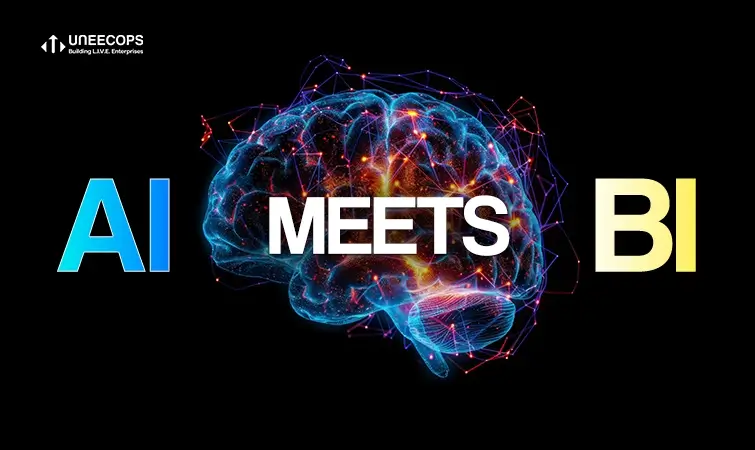We are all familiar with the adage – ‘Customer is the king in any business.’ Whether you believe in it or not doesn’t matter because it holds true. Everything one does in the business is and should be for his customers. If the end goal of satisfying the customers isn’t achieved, then there is no doubt that the business will fail. To achieve the goal of fulfilling your customers’ needs, one should be aware of the information that’s being exchanged and reliable data should be used. Even after all this is done, there might be cases where the customers will not use your BI solution. You might have done most things right and might be wondering what went wrong after all. There are small things that might slip through the gaps and might be affecting your relationship with the customers. QlikView consultants state that these are some reasons why that might happen.
1) Requirements of the customers have changed since the project started
The time to complete a project differs from one BI project to another. Ideally, it shouldn’t take too long once the customer requirements are stated. But at times, the BI projects take so long to finish that the business scenario might change and requirements of the customers change accordingly. Once that happens, there is no point for the customer to use the project you are working on, thus, he won’t buy your product. Ensure that the delivery cycle is short to avoid this scenario. It is not necessary for you to deliver the entire project at once. Deliver it in stages, so that even if it takes longer the communication between you and your customer is maintained and even if there are any changes from their end, they can be incorporated as you are working.
2) Your BI solution is not reaching the right people or is unavailable to some
Maybe the reason why you think that your customers are not using your BI solutions is not because they don’t like it but probably that they can’t get access to it. This may sound a little absurd but there have been cases like this in the past. One reason for the customers not being able to access can be insufficient numbers of user licenses being available. To avoid this, you should review your software licensing process. Also make sure that your frequent users have access to all the necessary licenses and for lesser demanding users keep concurrent licensing in reserve. There is no point if such measures aren’t taken after putting in all the efforts for creating a good product and is not reaching the customers.
3) Proper training isn’t given to the customers
QlikView consultants rank training really high. If the customers are not trained to use the product properly, then there is a good chance that they wouldn’t use it. Assuming that your solution is simple to use is the biggest mistake you can make. Some customers learn faster than others, so don’t assume that everyone will take less time to learn. Also, don’t assume that if you teach them the basics, the customers will eventually learn the ropes of it by themselves. No matter how simple your BI tools are, impart all the knowledge and training till the customers understand everything. Keep your training manuals and documentation up to date. Dedicate a team who will train the customers whenever they require so that they can utilize the best of your BI system.
At times, you might face issues like the customers being unable to let go of their old practices. It is a common issue for people struggling to accept new technology. To avoid such scenarios, provide QlikView consulting services to all your customers. Advice and consult them on the new technology so that the transition process is easy on them. In short, do everything from your end to ensure that the customers do not find any reason not to use your BI solution. Don’t leave any loose ends, maintain clear channels of communication and stay alert.






